
by hankinslawrenceimages | Jul 15, 2016 | Workshops
For years I only photographed outside under natural light. The sun was always my light source – and I had to deal with whatever light was available to create my photos. I also had to compose my photos based on what I found where I was photographing. So sometimes I couldn’t take the photo I wanted because of something really annoying in the background – or because I couldn’t get my camera and tripod in the right spot.
And then I started photographing in a studio and discovered that when I did that – I had complete control of the light, the setting, and the background. And I could even ask the model to pose the way I wanted her to so that I could create the photos I wanted to.
So when I want to create a photo of a model with a bright red accessory against a dark background – I can use a black drop cloth and lights set to highlight the edges of her body.

Mary Celeste © 2016 Patty Hankins

Anastasia Green © 2015 Patty Hankins
Or if I’m inspired by the contrast of light and shadow in a painting by Caravaggio, I can create a similar look by setting my lights to create the areas of light and shadow.

Quintessence © 2015 Patty Hankins

Quintessence © 2015 Patty Hankins
If I want to capture motion, it’s just a matter of choosing the right lights, shutter speed and aperture

Quintessence © 2014 Patty Hankins
If my vision is for a photograph of a beautiful woman holding flowers in soft light, I can create that look with a right background and a couple of softboxes.

Mary Celeste © 2014 Patty Hankins
And if I’m inspired by Doctor Who (one of my favorite TV shows) I just need the help of a wonderful model and the right props to create some fun photos.

Blue River Dream as the 4th Doctor © 2015 Patty Hankins

Blue River Dream and Andrew the Panda as the 4th and 11th Doctors © 2015 Patty Hankins
If you’re curious about working in a studio with a model, join me on August 20 for my Photographing a Model in the Studio workshop. We’ll be working with fine art figure model Blue River Dream. Since the workshop is limited to 4 participants, everyone will have a chance to photograph under multiple lighting situations.
Be sure register soon if you are interested in this workshop – there’s only one space left. And once that space is filled, I’ll have to place you on a waiting list for the workshop.

by hankinslawrenceimages | Jul 12, 2016 | Workshops
I’ve been trying to figure out what to say in a post letting you know that I only have two spaces left in this weekend’s Photographing Flowers (Without Swearing at Your Camera) workshop. I had no clue what I was going to say.
And then I checked a post I’d made on Facebook letting people know about the upcoming workshop. Two of the people who had taken this workshop in the past had posted comments on my note – so I’m letting them tell you why they recommend the workshop.

John from Springfield, Virginia said
“ I strongly recommend these 3 days with Patty! I learned so much AND had good fun. Slowing down to use a tripod really made me re-think my composition!”
And Ann from Manassas, Virginia replied
“I second this recommendation. I took this class and was so much happier with my photos afterwards. I’m not sure I can pinpoint any one thing I learned, but overall, the use of the tripod and the slowing down to think about the composition that Patty stresses really makes a difference. This class gives such a great fundamental lesson without seeming like a lecture! The balance between classroom and fieldwork is perfect in my opinion.”
The workshop is this weekend July 15-17. We’ll be photographing at 3 local gardens or parks and talk about the art and craft of flower photography back at my home in Bethesda during the middle of the day.
All the information about the workshop is at http://beautifulflowerpictures.com/photographing-flowers-without-swearing/
I’d love to have you join me this weekend. If you have any questions, drop me a note and we’ll find a time to talk to see if this is the right workshop for you.
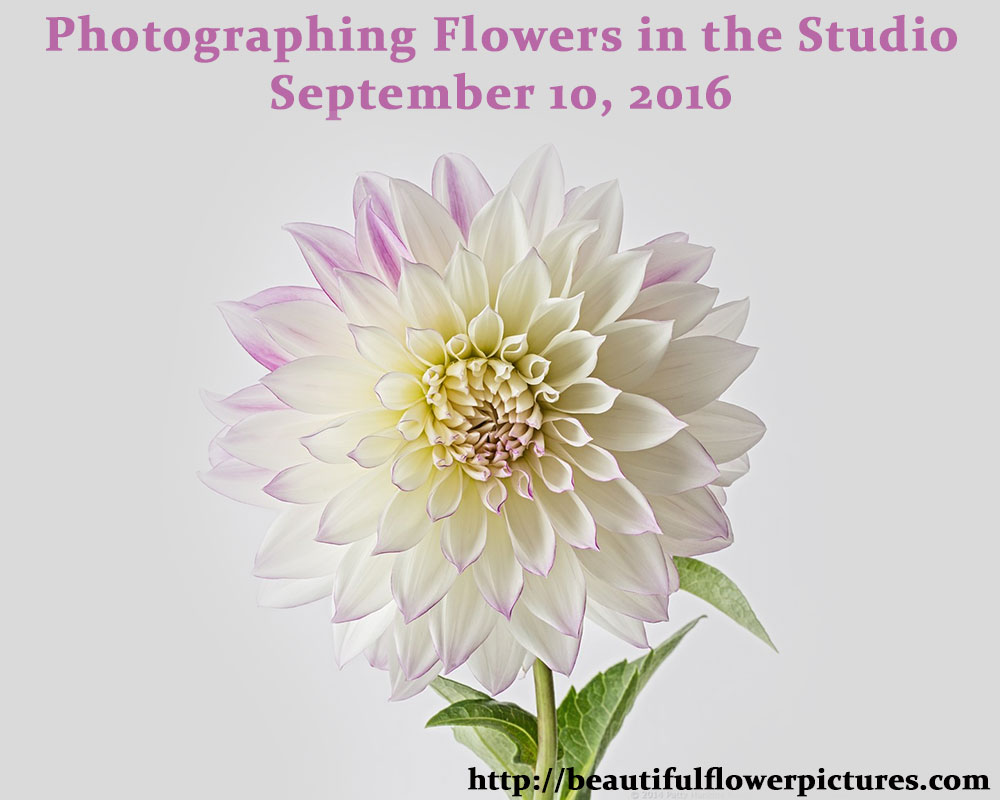
by hankinslawrenceimages | May 27, 2016 | Workshops
When I’m photographing at a garden, I’m often limited in how close I can get to the flowers, and what angles I can photograph them from. Another challenge is damage to the flowers from wind, rain, bugs, etc. Sometimes it’s just really frustrating to see a photo in my mind and not be able to take it because I’d need to be standing in the middle of a garden bed to take it!
When I’m in my studio, I’m often able to create photos I couldn’t take in a garden. In the studio I get to choose which flowers I’m going to photograph – and what angle I’ll be photographing them from. I’m also able to control the light and often get much closer to the blossoms than I can at a garden. I’m able to capture details that I’ve never even seen when I’m photographing outdoors.
Roses are one of my favorite flowers to photograph, especially in the studio. I thought I’d share some of my favorite rose photos taken in my studio with you today.
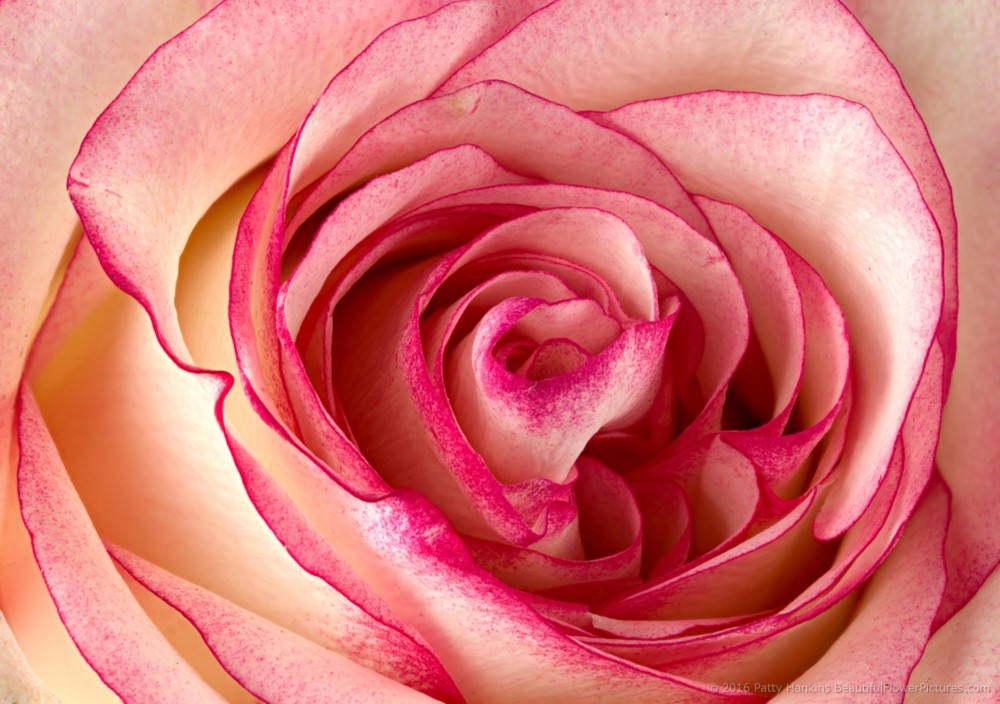
Paloma Rose © 2016 Patty Hankins
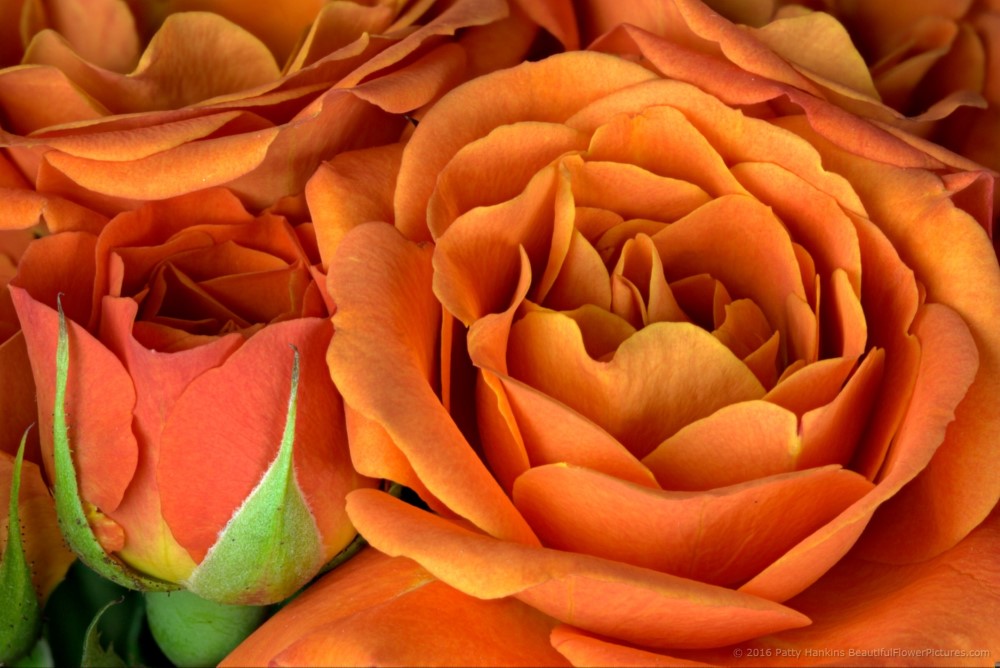
Babe Spray Roses © 2016 Patty Hankins
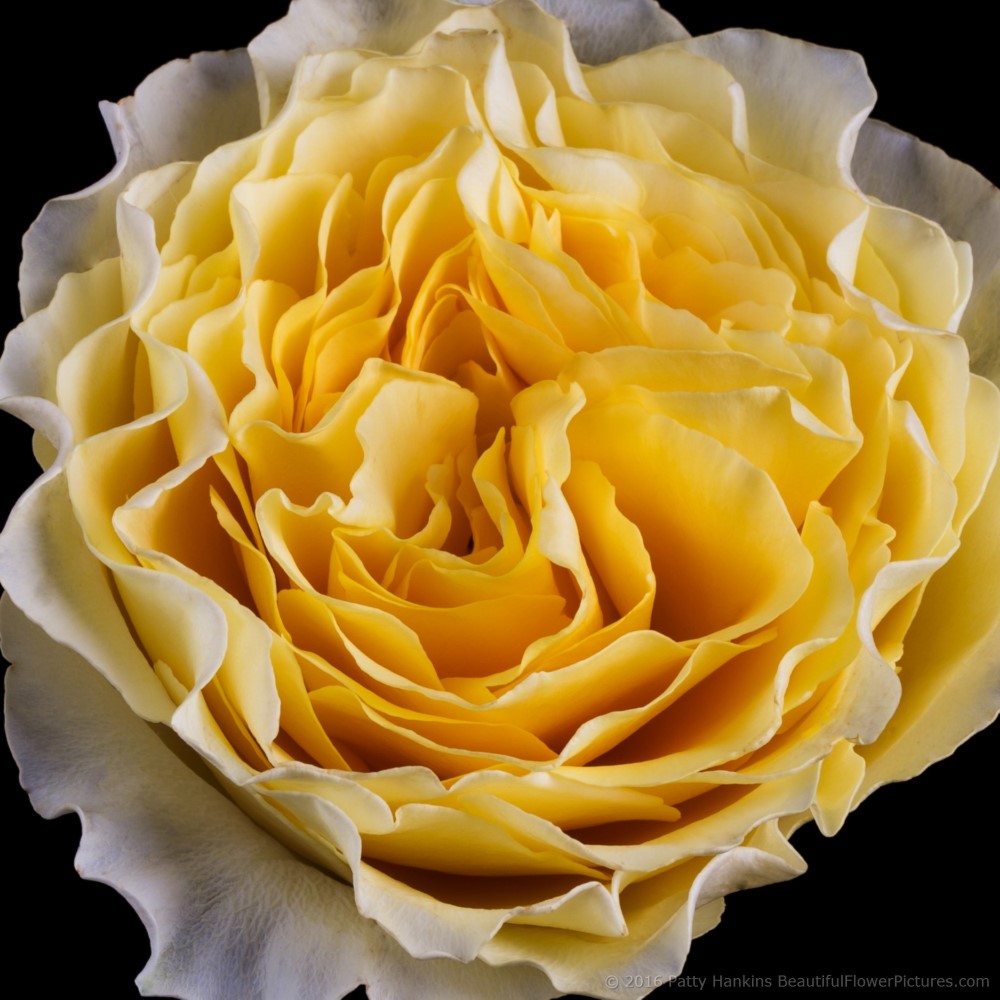
Star Campanella Rose © 2016 Patty Hankins
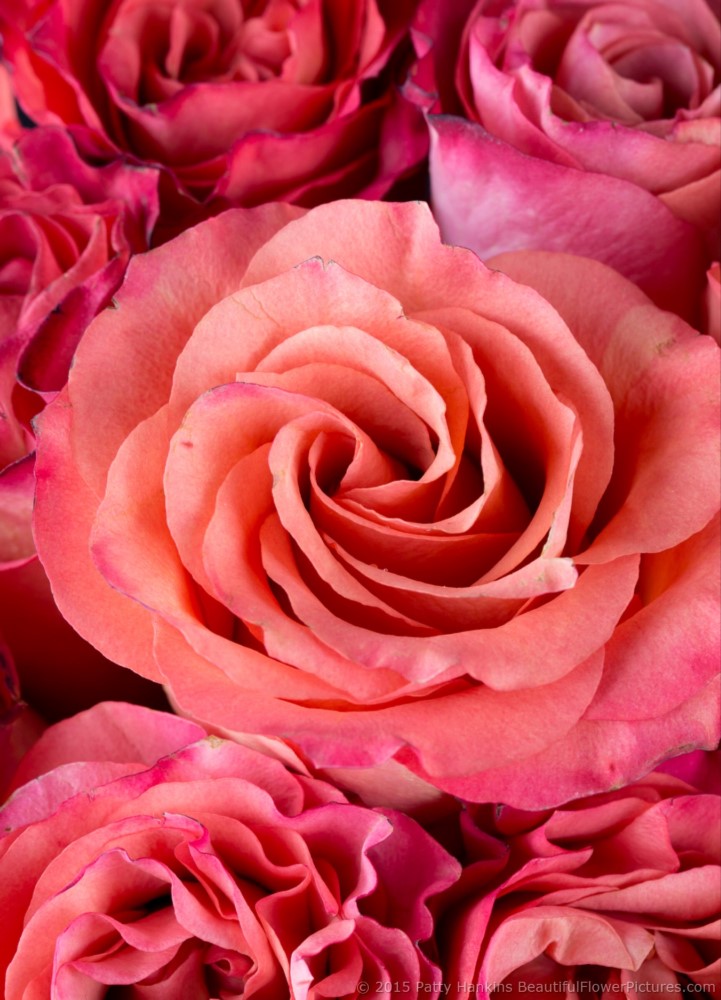
Jalah Roses © 2015 Patty Hankins
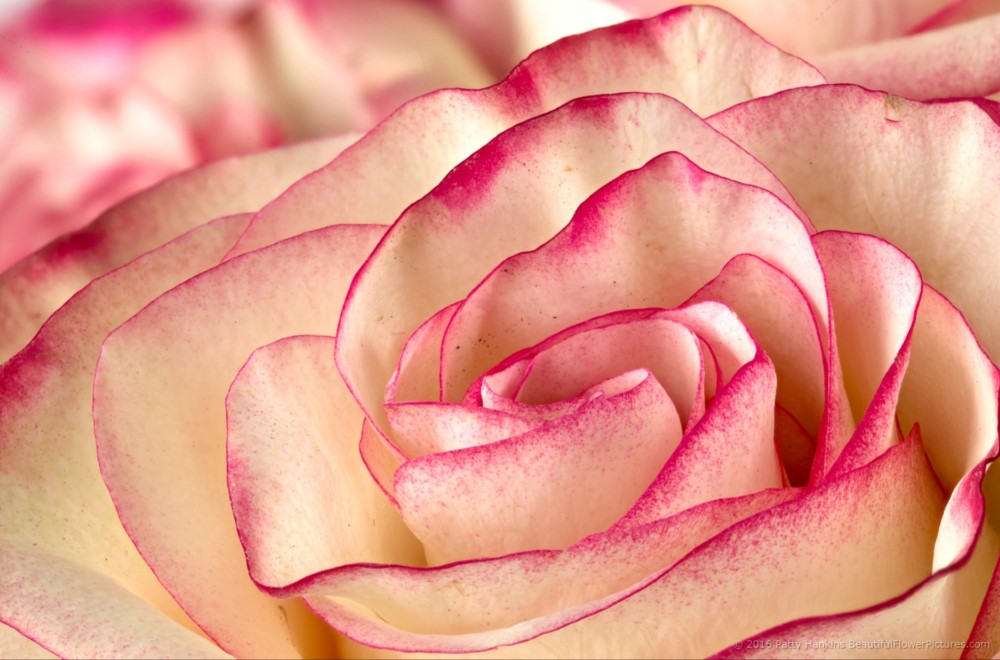
Paloma Rose © 2016 Patty Hankins
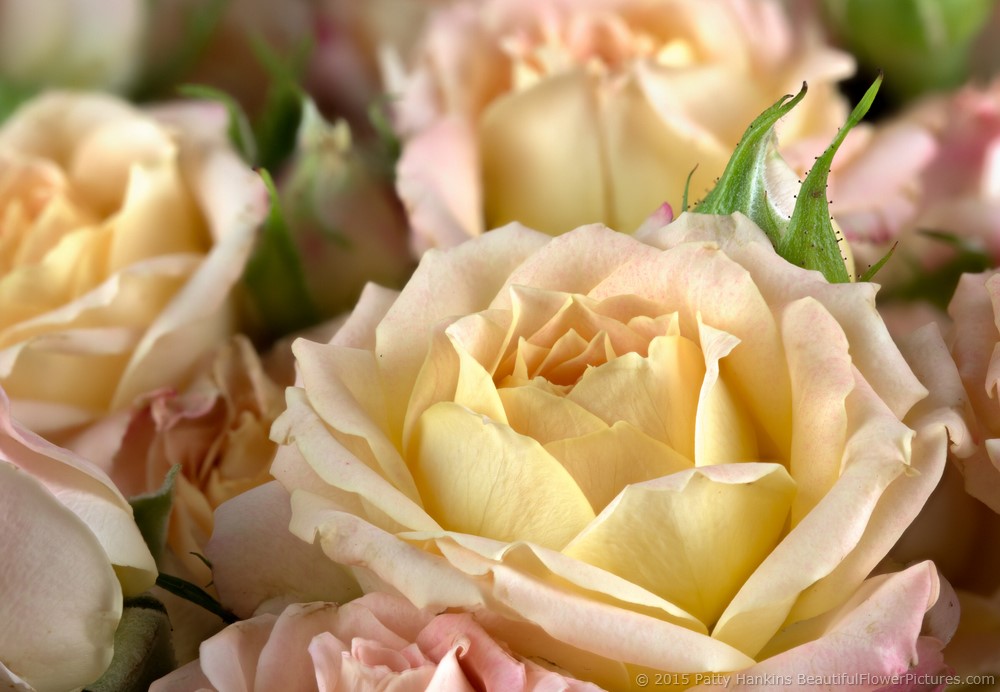
Jessica Spray Roses © 2015 Patty Hankins

Rose © 2014 Patty Hankins
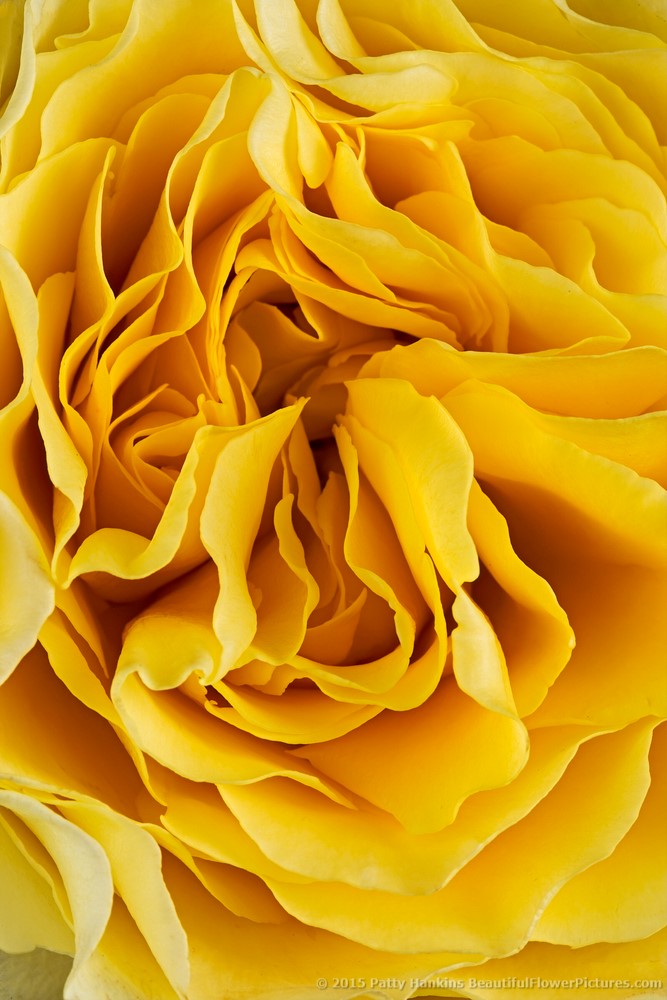
Petals of a Star Campanella Rose © 2015 Patty Hankins
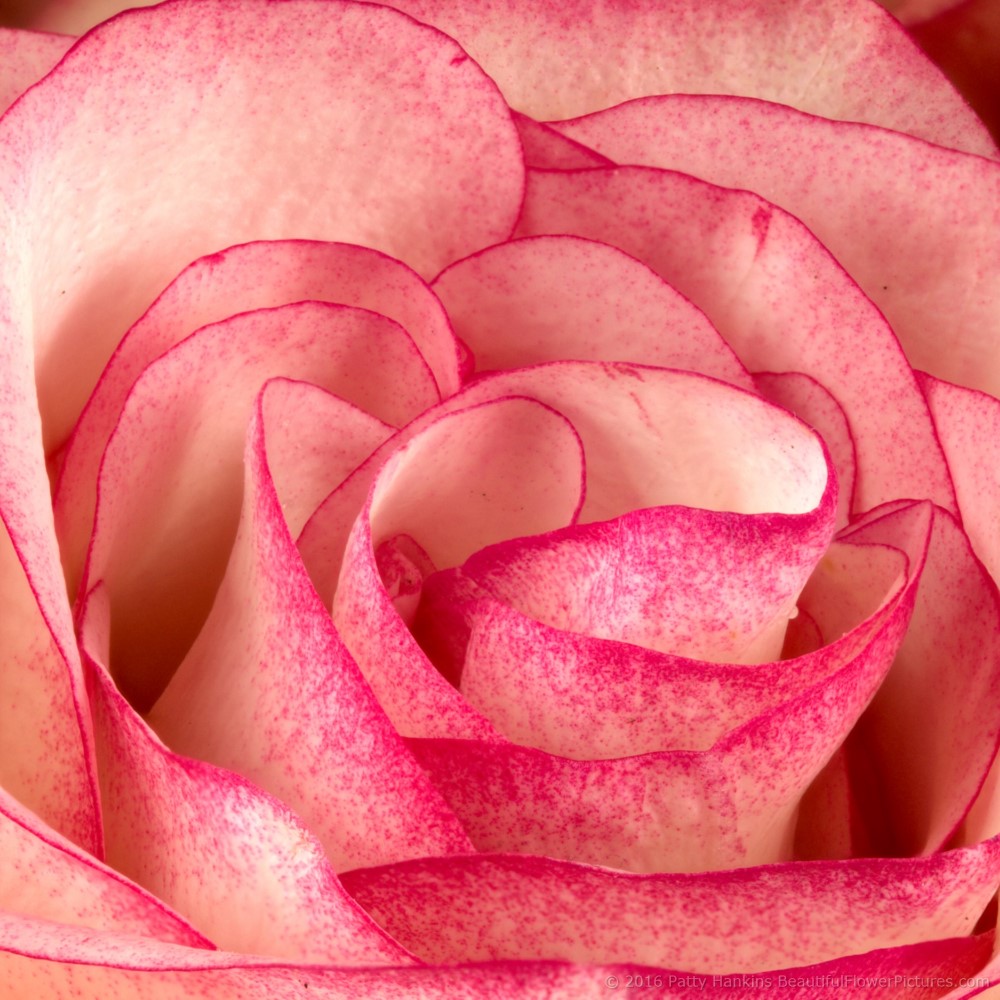
Paloma Rose © 2016 Patty Hankins
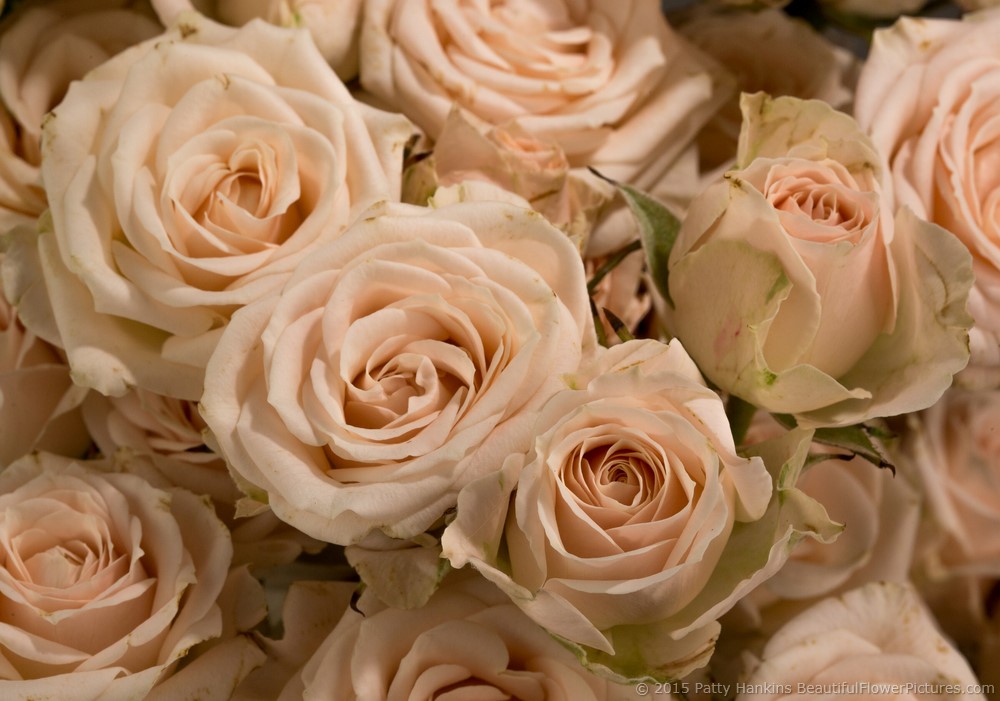
Jana Spray Roses © 2015 Patty Hankins
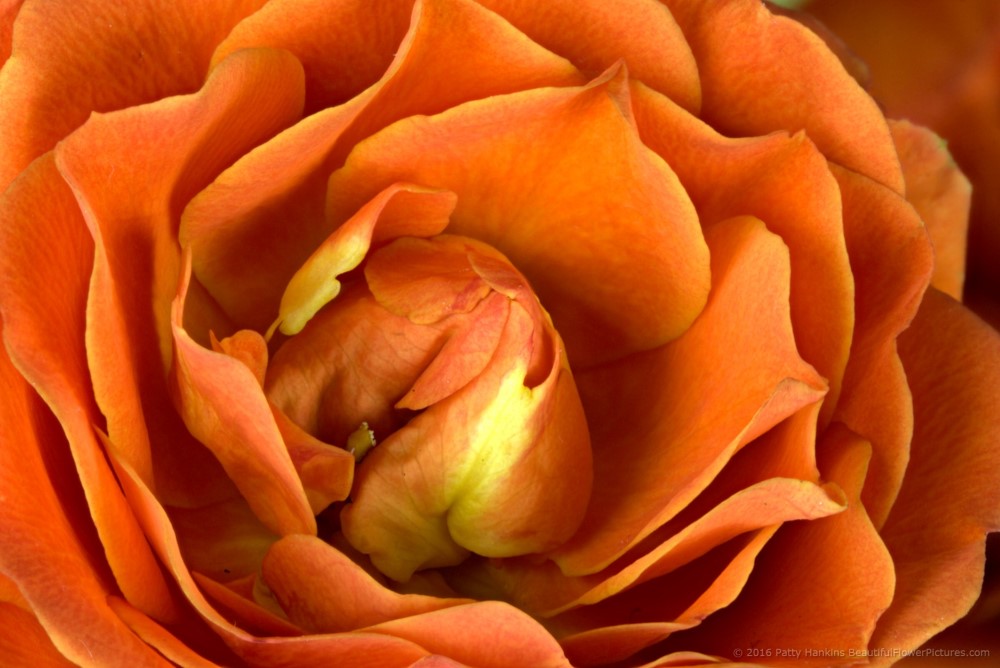
Babe Spray Rose © 2016 Patty Hankins
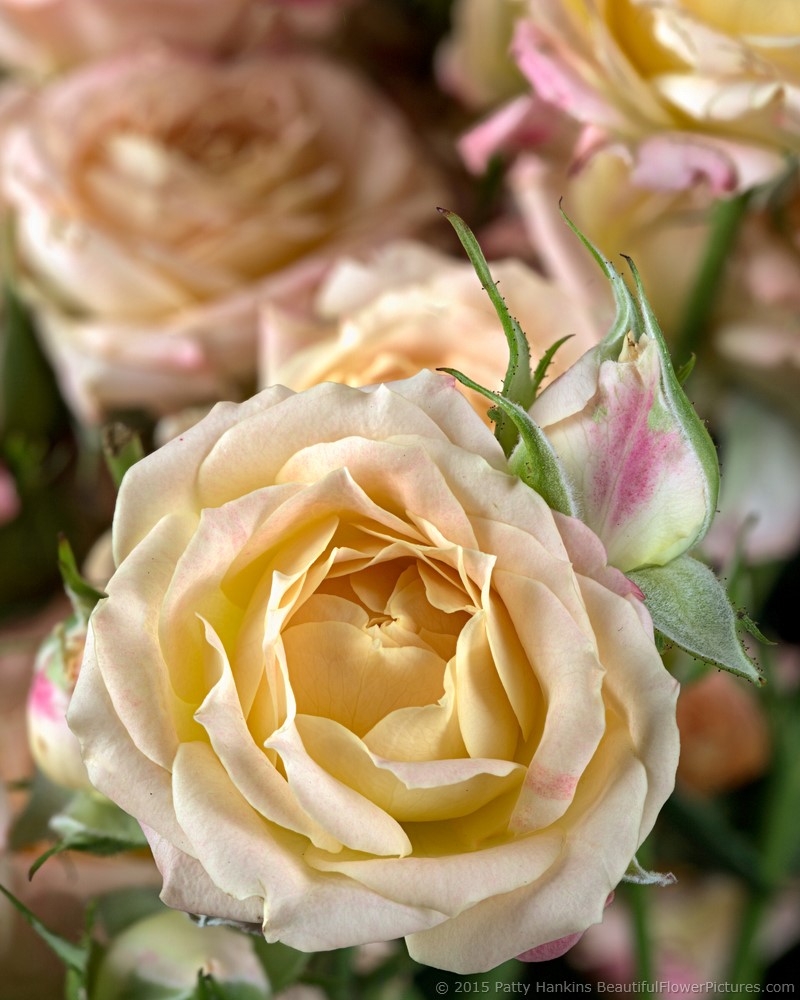
Jessica Spray Roses © 2015 Patty Hankins
Another advantage (????) to photographing roses in my studio is that Kitty Ansel frequently stops by to help . . .
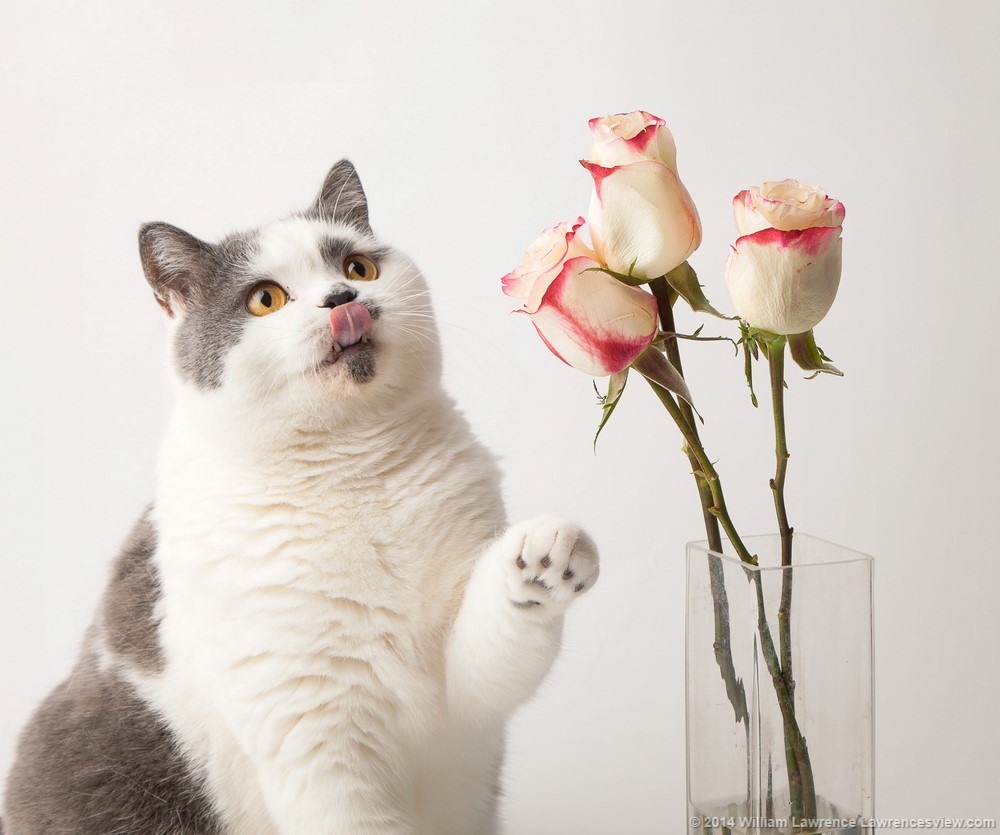
Stop and Taste the Roses © 2014 William Lawrence
I’ll be teaching my Photographing Flowers in the Studio workshop on September 10, where you’ll have a chance to photograph several sets of flowers in my studio using both continuous lights and strobes. One of my students Ina had this to say about the workshop after she attended in January.
“I took Patty’s Photographing Flowers in the Studio workshop. Not only did I learn how to take impressive pictures of single and multi-floral arrangements using various types of lighting but also how I could implement an in-house lighting setup on a limited cost and size budget. ”
I’d love to have you join me on September 10 for my Photographing Flowers in the Studio workshop.
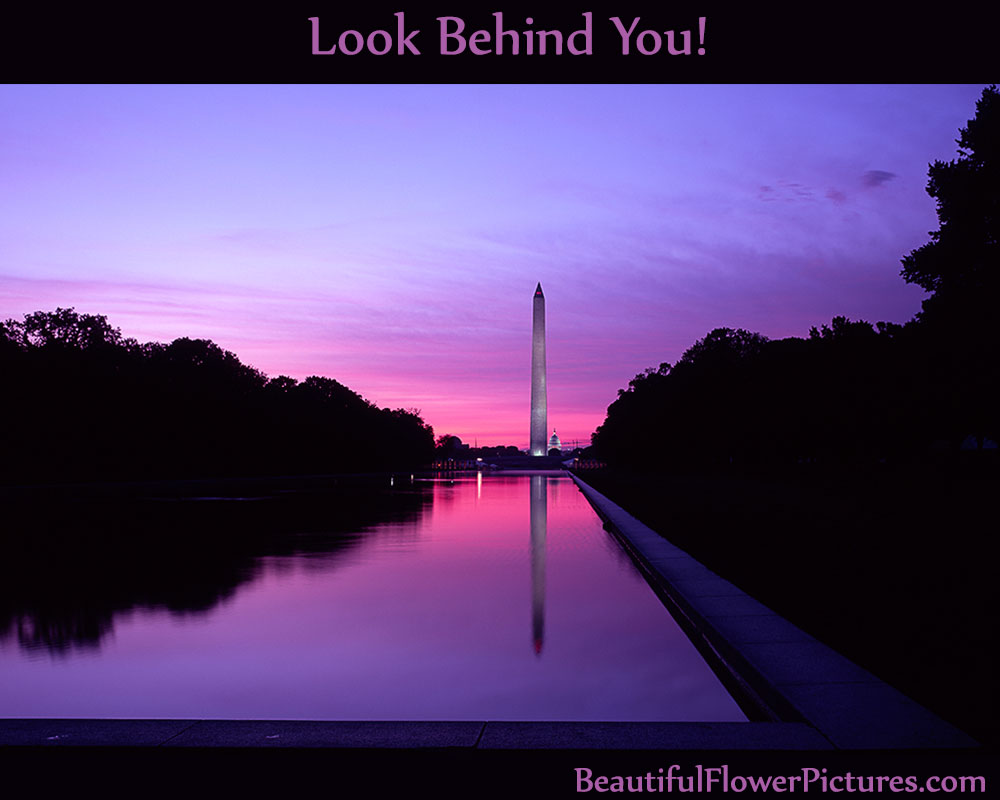
by hankinslawrenceimages | Feb 12, 2016 | Photo Tips
Bill and I are just back from teaching our landscape photography workshop at the Chincoteague National Wildlife Refuge in Virginia. I’m hoping to share some of the photos I took over the weekend with you next week. This week, I thought I’d share an article we published last year about always looking behind you when you are out photographing. There are several spots in the Chincoteague National Wildlife Refuge where there are wonderful photographic opportunities both in front and behind you when you stand in some of the classic scenic spots. – Patty
One aspect of working the scene that Bill and I encourage our students to think about is to always be aware of your environment. As a landscape or nature photographer, you are photographing in a three dimensional world with 360 degrees of space around you.
So often we’ve seen photographers so intent on capturing the scene in front of them that they totally miss other nearby photo opportunities – including ones directly behind them.
Over the years, Bill and I have taken pairs of wonderful photos where the second was taken 180 degrees in the opposite direction from the scene we had planned on photographing.
Several years ago, Bill was photographing inside the Lincoln Memorial in Washington, DC in hopes of photographing the full statue of Abraham Lincoln without any people in the photo. He happened to turn around to see one of the most amazing sunrises we’ve ever photographed.
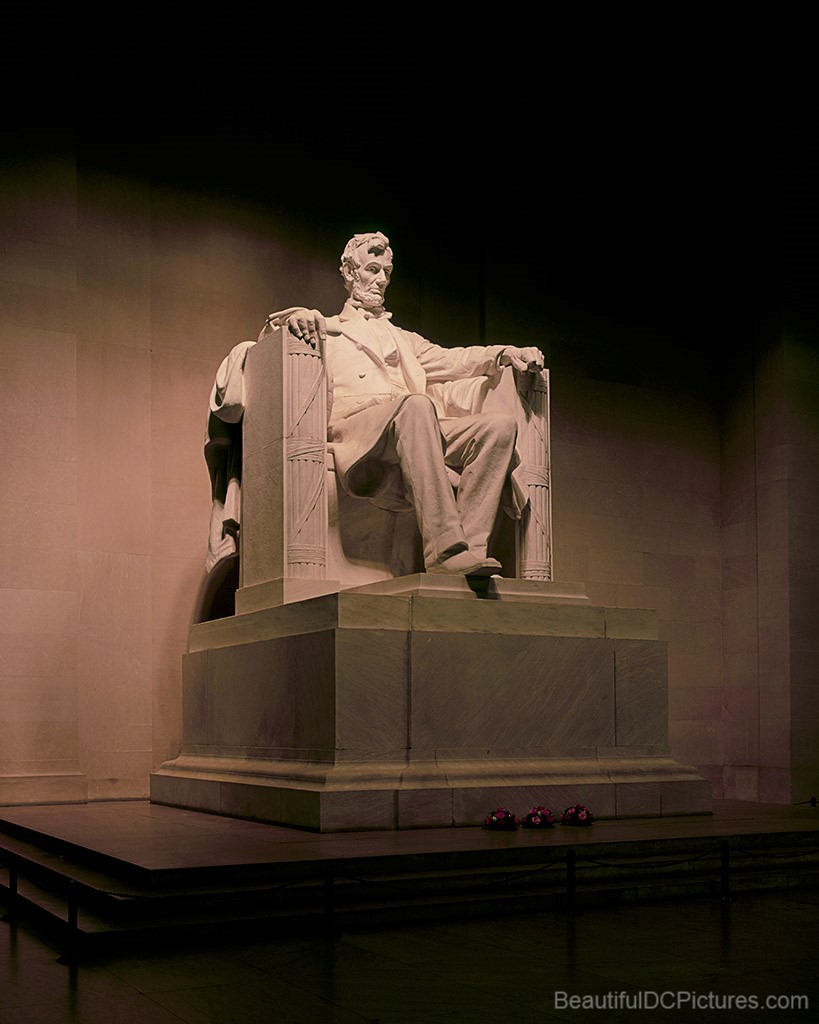
Lincoln Memorial © 2004 William Lawrence
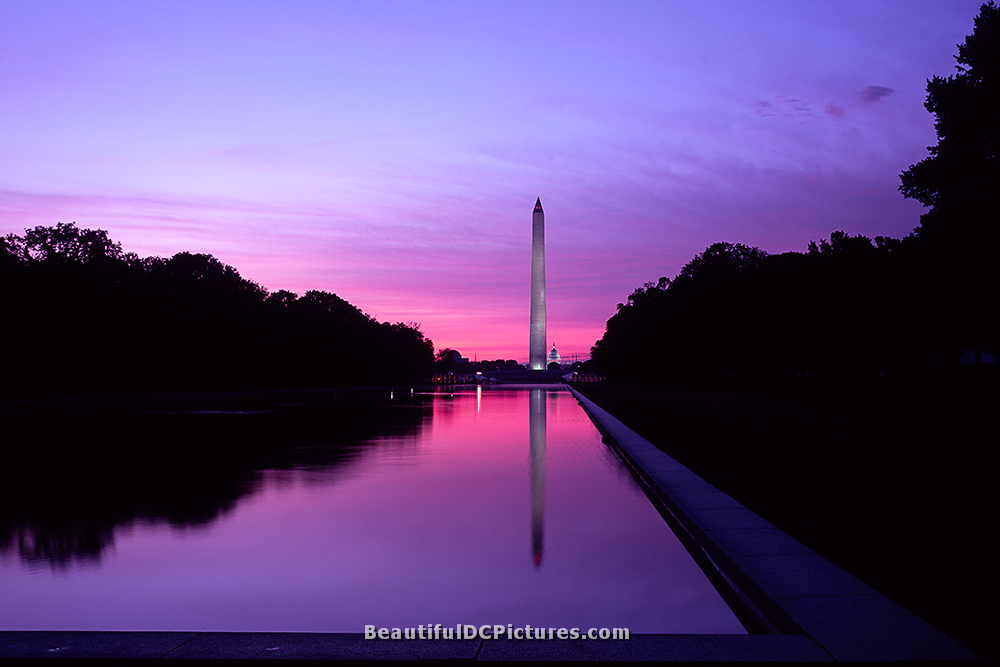
DC Sunrise © 2004 William Lawrence
When we’re on a photo trip, Bill and I frequently spend the middle of the day scouting locations for future photo sessions. The light isn’t as good mid-day as it is early or late in the day – and it gives us a chance to plan our upcoming shoots. We try to find places where we can not only photograph the sunrise before the sun comes up, but also where we can photograph the wonderful golden light that occurs 180 degrees away from the sun shortly after the sun comes up (or shortly before the sun goes down). Some of our favorite spots are places where we can literally turn around and photograph something wonderful after the sun comes up over the horizon.
One of these spots is in Chincoteague National Wildlife Refuge in Virginia. We frequently photograph one section of the marsh before the sun is up – and then turn around and photograph another section just after the sun rises.
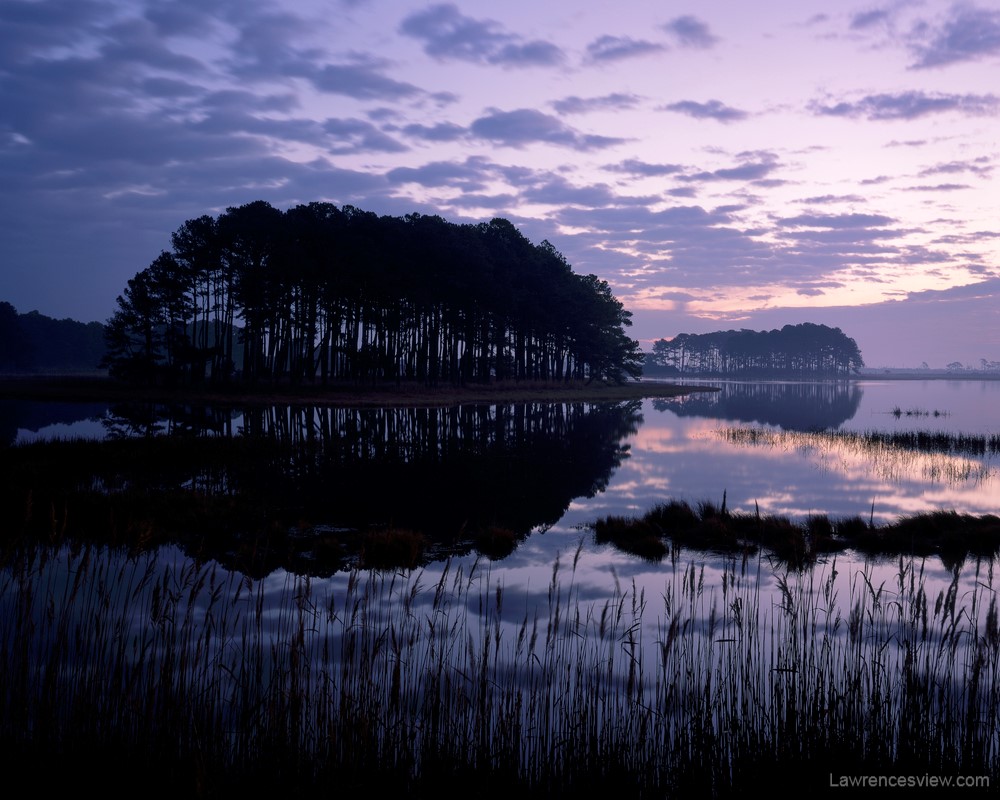
Chincoteague Sunrise © 2006 William Lawrence
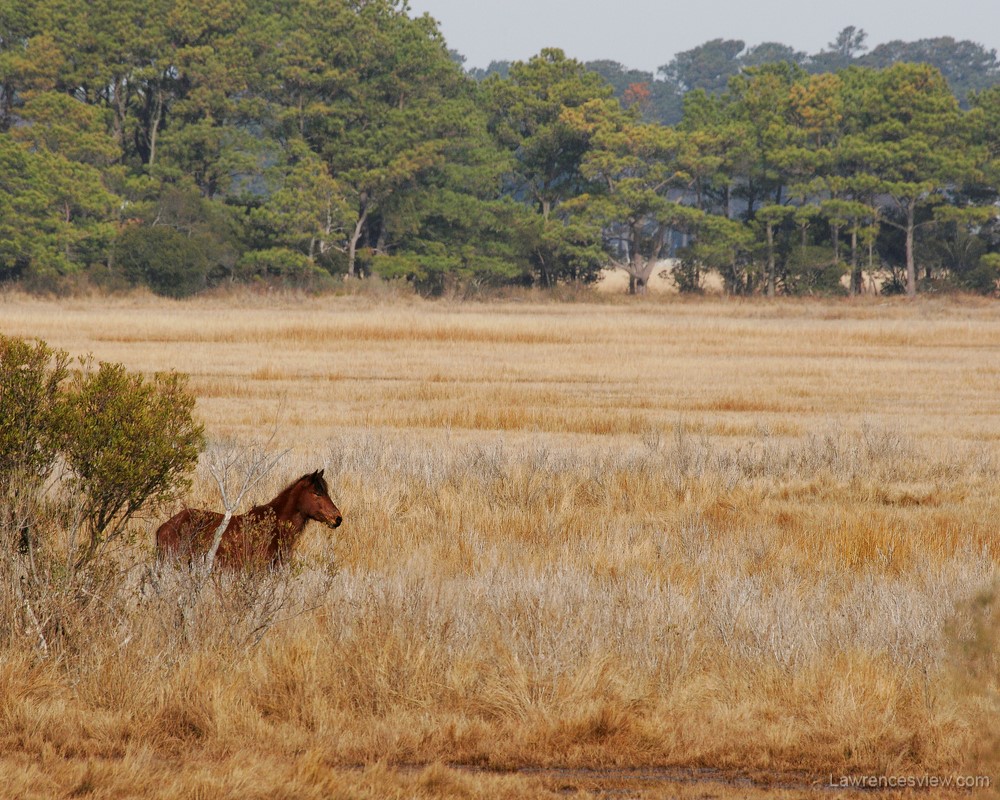
Chincoteague Pony © 2006 William Lawrence
At Bosque del Apache National Wildlife Refuge in New Mexico we photographed a spectacular sunrise over the frozen pond. In one direction the sky was filled with intense shades of yellow and orange. In the opposite direction it was filled with soft shades of blue and pink.
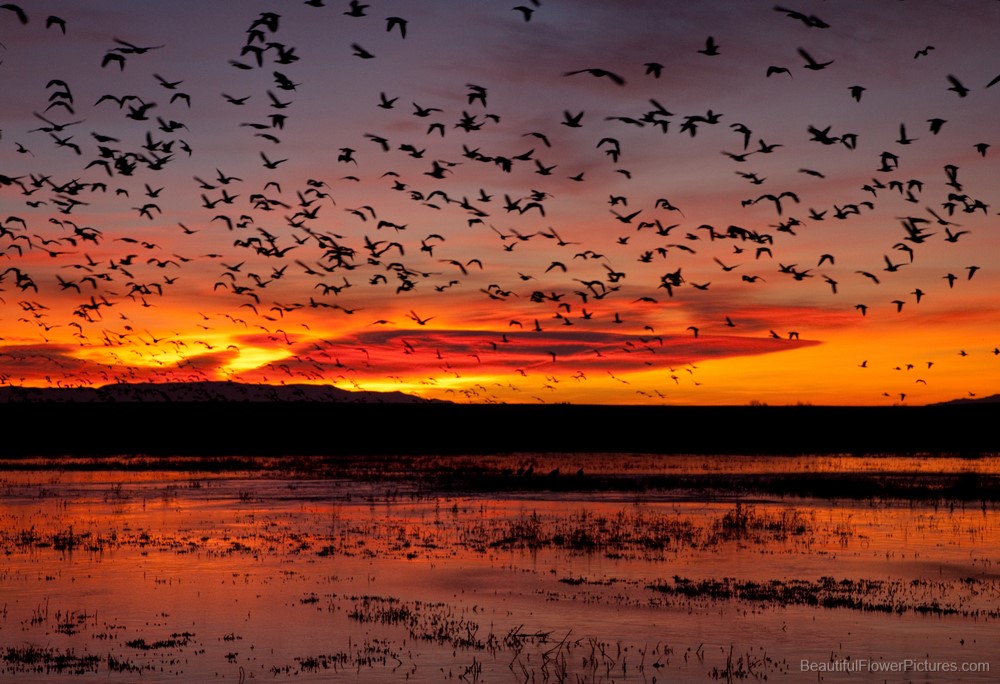
Sunrise at Bosque del Apache ©2009 Patty Hankins
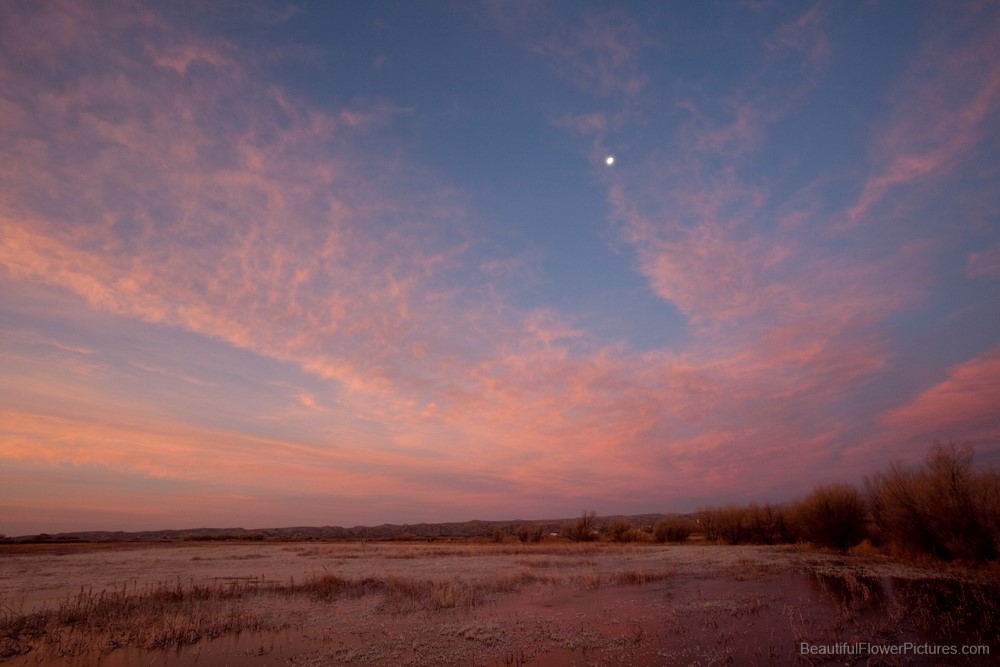
Sunrise at Bosque del Apache ©2009 Patty Hankins
The other reason to always be aware of your surroundings when photographing is you never know what might be coming up behind you. It could be a bear, a speeding car, or someone who’s not paying attention to what’s in front of them and is about to walk into you and your tripod.
Or it could just be a curious turkey vulture checking out your camera gear the way this one did while Bill was photographing a butterfly in the Big Cypress National Preserve in Florida.
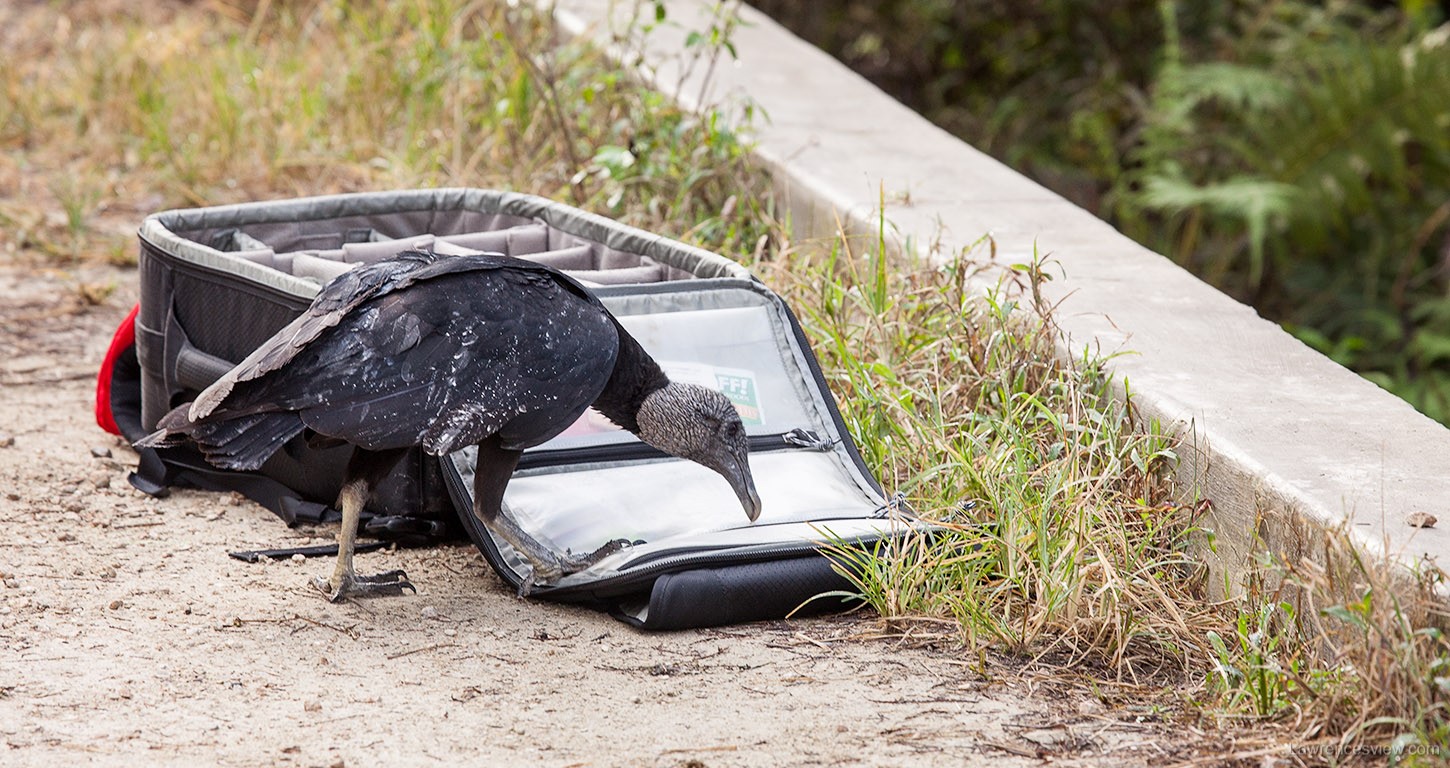
Turkey Vulture © 2013 William Lawrence
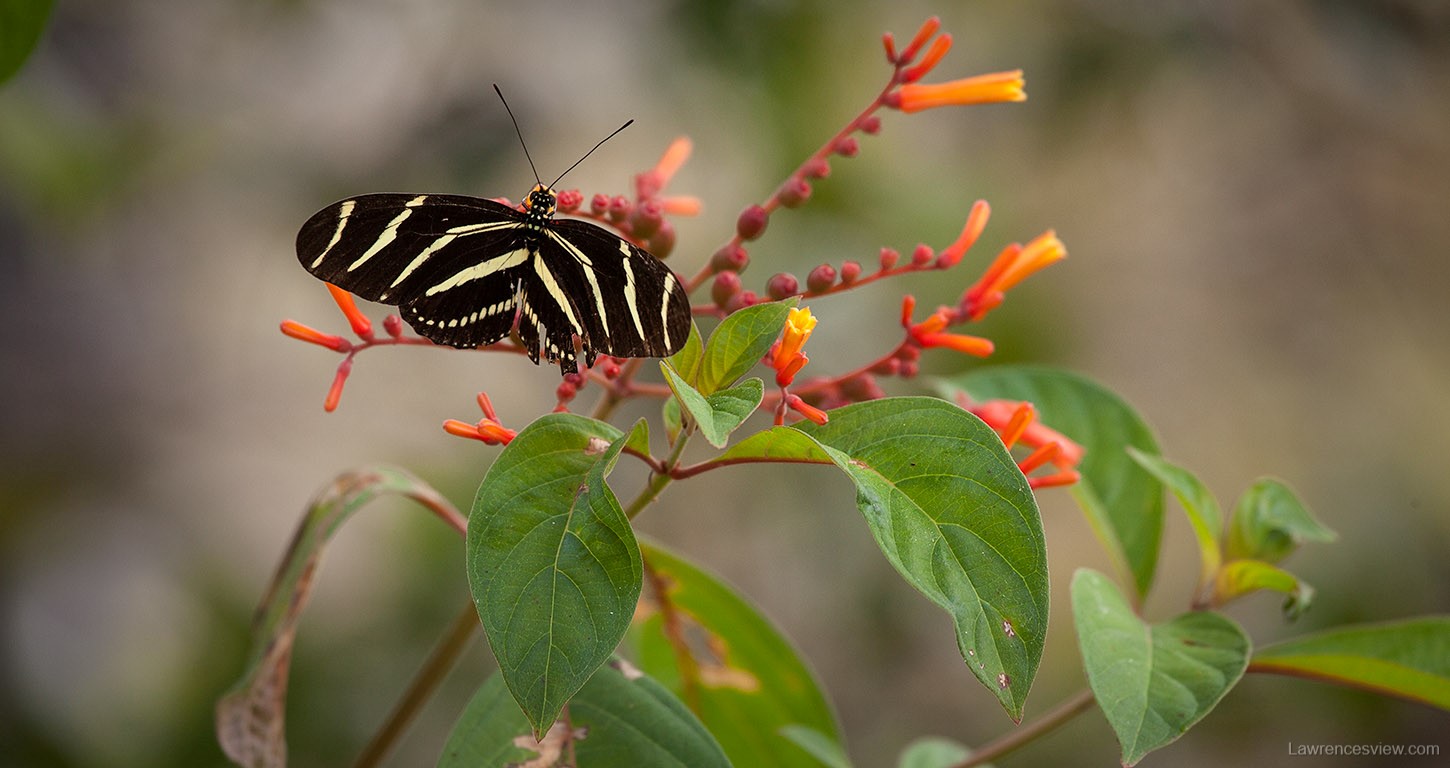
Butterfly © 2013 William Lawrence
Remembering to look behind you is just one of the landscape photography ideas we talk about in our workshops. If you’re interested in learning more, please join us for one of our workshops. You can find all of our upcoming workshops at http://beautifulflowerpictures.com/2016-workshops/
We’d love to have you join us for one of our workshops.
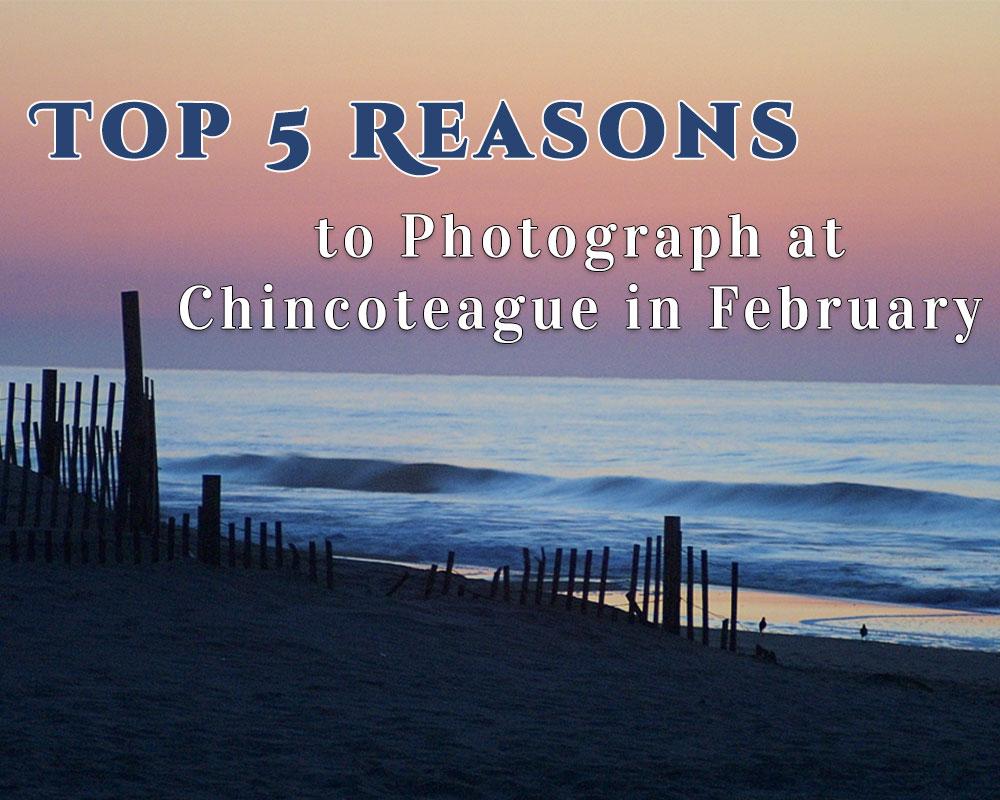
by hankinslawrenceimages | Dec 4, 2015 | Workshops

Bill and I often get asked – why do we teach our Winter’s Beauty at Chincoteague and Assateauge workshop in the winter? After all – we’re going to a beach – wouldn’t it be better to go in the summer?
Not really – winter is actually my favorite time of year to head to the Chincoteague National Wildlife Refuge and the Assasteague National Seashore. And here are my top 5 reasons why
5. NO BUGS! Chincoteague and Assateague are famous for all the mosquitos and horse-flies in the summer. Kind of what you’d expect when you’re visiting a marsh and a beach – lots of annoying biting insects. I have never gotten bitten by bugs in the winter at Chincoteague and I’ve never had to cover myself with Deep Woods OFF!
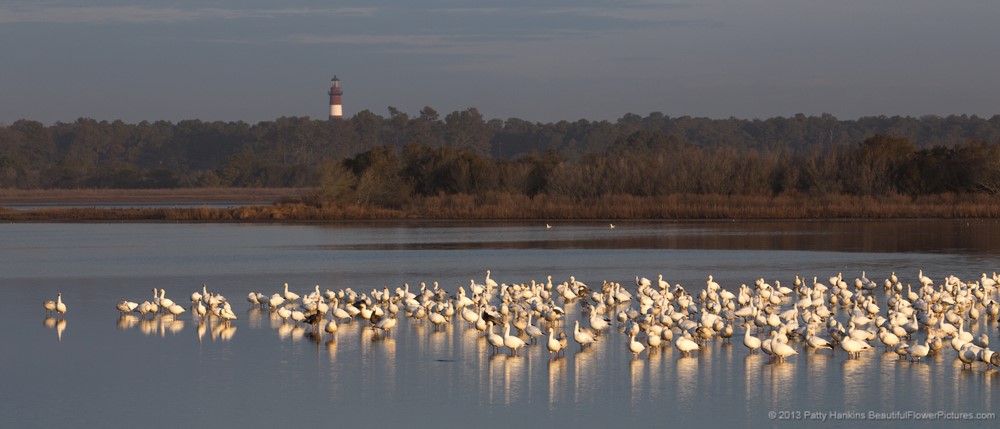
Snow Geese at Chincoteague National Wildlife Refuge © 2013 Patty Hankins
4. LOTS OF BIRDS! Located along the Atlantic Flyway, thousands of migrating birds visit Chincoteague National Wildlife Refuge in the winter. Several of the marshes, ponds and waterways are located near the refuge roads, so I’ve been able to photograph many birds without needed a super long lens (I usually use either my 70-200mm or 100-400mm lens when photographing birds at Chincoteague
3. CONVENIENT LOCATIONS: Most of the places we’ll be photographing are within 100 feet of where we’ll be parking our cars. So if you get cold, you can jump back into the car to warm up before continuing to photograph.
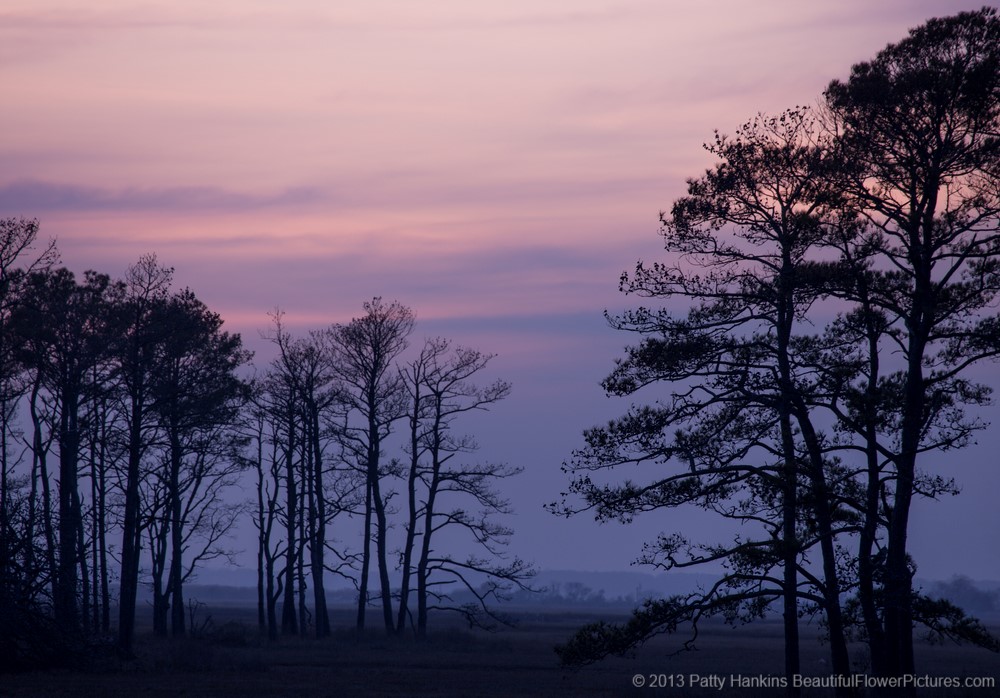
Chincoteague Sunset © 2013 Patty Hankins
2. SHORT DAYS: In early February, the sun comes up at 7 AM and sets at 5:30 PM. In June, sunrise is at 5:40 AM and sunset isn’t until 8:30 PM. So in the winter, you can sleep in a bit, grab a cup of coffee and still photograph a wonderful sunrise. And in the evening, you can photograph sunset and still have ordered dinner and drinks at my favorite local restaurant Bill’s by 7 PM.
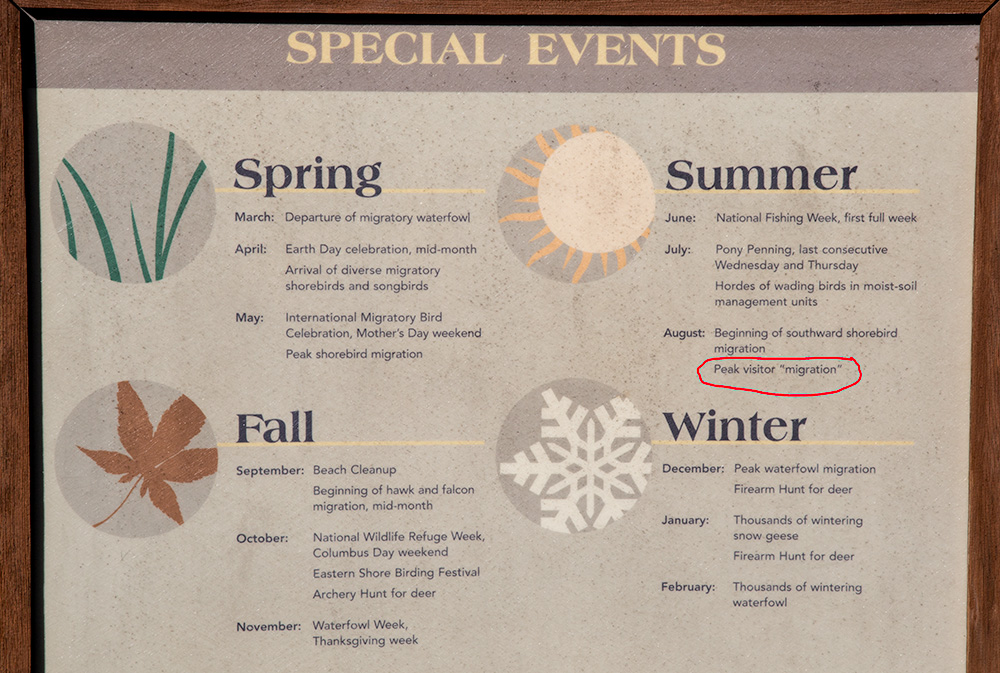
Sign at the Visitor Center at Chincoteague NWR
1. NO CROWDS! Most people visit Chincoteague and Assateague in the summer, so crowded beaches and long lines at the park entrance are the norm. We’ve never had to wait in a line in the winter and it’s not uncommon to see less than 20 other people in the entire park in the winter. Even the National Wildlife Refuge System recognizes that while summer is peak tourist migration season, winter is peak waterfowl migration season.
Bill and I still have a few spaces left in our Winter’s Beauty at Chincoteague and Assateague workshop. We’d love to have you join us on Feb 5-7.
Early Bird Registration of $ 397 ends on January 1.
If you have any questions about the workshop or if it’s right for you, drop me a note and we’ll find a time to talk.






































